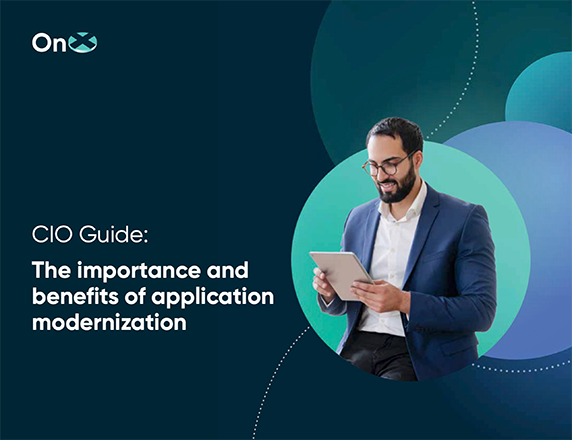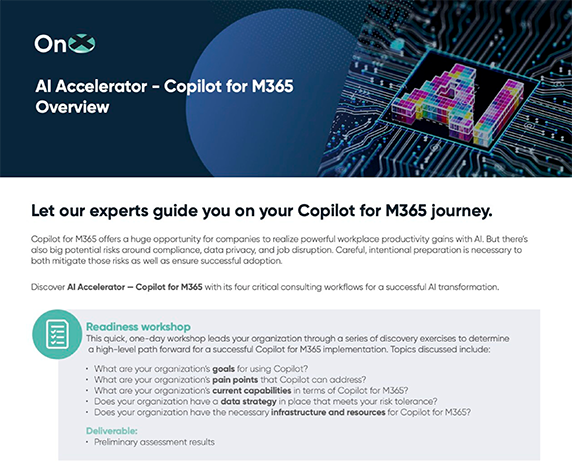
AI is now a critical tool for businesses, and so are the necessary network security tools. That’s because AI-powered tools send massive amounts of data across network architecture—data that is often privileged. To safeguard that data, organizations must find ways to protect it against ever-evolving cyber threats.
Here are some of the newer threats to network security and an exploration of how networking providers quickly respond.
Read more: The state of cloud security, SASE, and SD-WAN today
Network security threats in legacy enterprise environments
Computing ecosystems have become more distributed, as more employees work from home. Legacy network architectures simply aren’t equipped to protect data in environments that aren’t as secure—such as those in employees’ homes—while maintaining the best experience for end users. Older options like VPNs can be frustrating for employees, who might try to work around them, putting data at risk. Newer network solutions separate network architecture and physical infrastructure, making data more secure regardless of an end user’s specific location.
Software-defined wide area network (SD-WAN) architectures can address these issues while creating a secure but enhanced experience for end users. It offers these capabilities:
- Zero-trust networking: These guidelines require continuous verification of a user’s identity and behavior against expectations for how much a user should have access to a particular resource.
- AI-enhanced security methods: AI agents can be trained to autonomously assist IT departments with threat assessment and notifications, respond to incidents quickly, and provide suggestions for improving network security performance.
- Cloud-native security tools: With security options increasingly moving to the Cloud, cloud access security brokers (CASBs) expand an organization’s security functions by providing more visibility and control.
A comprehensive approach to network security
The variety and number of network security options can overwhelm administrators and users alike. Not implementing them holistically might cause an organization to miss a critical vulnerability. That’s why network security providers are now offering secure access service edge (SASE) platforms. These are comprehensive network management and security tools. For example, Palo Alto Networks’ latest generation of Prisma SASE offers ways to address constantly-changing threats to enterprise security and shores up end-user protections and data loss prevention.
Network security strategies evolve to battle evolving threats
Cyberthreats are like human viruses, constantly evolving ways to overcome our defenses. Organizations that haven’t updated their network security architecture likely won’t be able to keep pace. These are the broad categories of threats and potential responses that organizations are dealing with now.
Multi-pronged attacks
Attacks could occur across multiple fronts, challenging organizations without updated network security architectures to respond. They might be able to handle a cloud-based breach or an end-user attack, but multi-pronged attacks could consume resources.
A comprehensive, intelligent solution with visibility across the enterprise’s entire network could respond globally to such a threat. A single-vendor security platform could harmonize the threat response, helping organizations identify the attacks and launch a comprehensive response that relies on redundancy across systems to lessen the impact of any one threat.
Edge computing
An increasing number of threats are directed at distributed computing hubs, such as connected devices, part of the Internet of Things, and end-user machines handling data that is not always transmitted to the main network. These endpoint machines represent an increased risk because they handle more distributed data, and, therefore, are vulnerable to more attacks.
AI-specific risks
While AI is an increasingly critical tool for businesses, it represents a new frontier for cyber threats. Bad actors can insinuate themselves into proprietary prompts, tinker with AI models, and poison data. That reduces the performance of AI tools, leads to unexpected behaviors, and puts privileged data at risk. Platforms like Palo Alto Networks Prisma AIRS reduce these vulnerabilities with tools that protect network security and AI resources. It can continuously scan AI models and boost an organization’s readiness to respond to threats. That ensures an organization can continue to develop its AI environment and put it to the best use for growth and performance.
OnX can help you face future cyberthreats
Cyberthreats are growing in sophistication, resulting in increasingly complex risks for organizations. AI increases those risks while providing more effective ways to mitigate them. Enterprises need expert help navigating this evolving landscape. OnX offers the benefit of decades of experience to deliver solutions that meet a business’s unique needs. We support your network defenses and position them for success in the future.
Contact OnX today to start the journey toward creating your comprehensive network security plan.
















